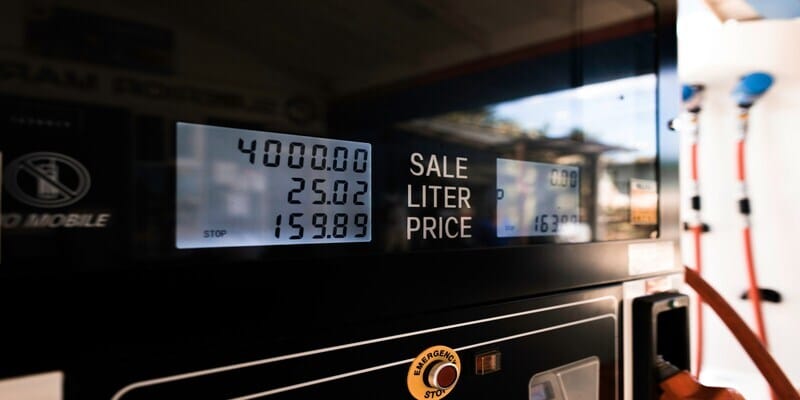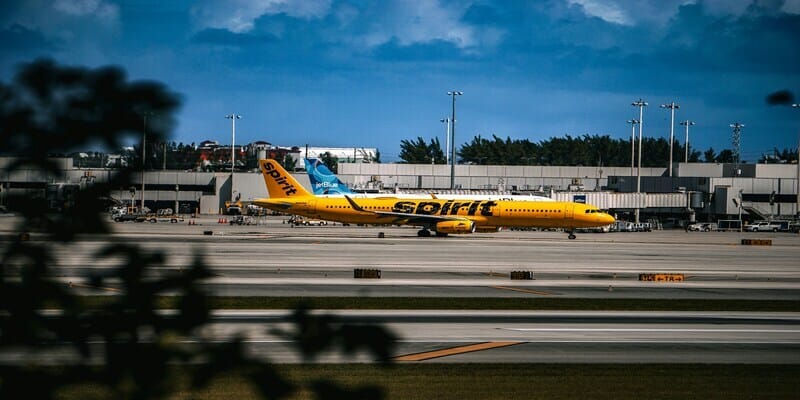Nov 20
Namaste! Aaj ka news roundup, Newswala style!
 | Today, Your Newswala Delivers:
|
And also find out world's longest running experiment, started in 1927, that could last another 100 years!
Chalo chalein!
Today’s reading time is 5 minutes.
MARKETS
| 23,518.50 | 0.28% | |
| 77,578.38 | 0.31% | |
| 50,626.50 | 0.52% | |
| 23,403 | 0.62% | |
| ₹42,80,590 | 0.44% |
Markets: Sensex and Nifty slipped 1% from their day's high amid escalating Russia-Ukraine tensions, with energy, PSU banks, and metal stocks under pressure. Nifty tested 23,500 as markets came off intra-day highs, reflecting broader sectoral weakness.
TOP STORIES
Local Wearables Struggle as Chinese Brands Grow

What happened?
Indian wearable brands are finding it tough to stay afloat, with many exiting the market. Brands like Play, Wings, Vingajoy, and Riversong have ceased operations due to falling smartwatch demand and razor-thin margins. These smaller players, which mostly imported unbranded products from China, couldn’t compete as customer interest waned in 2024.
Smartwatch shipments from such brands dropped by 59.1% in Q3 2024.
Meanwhile, Chinese giants like Xiaomi and Realme are making a strong comeback, leveraging aggressive pricing and new product launches.
Why it matters?
The once-booming wearable market, which surged during the pandemic, is now shrinking. The number of players has fallen to under 50 from over 75 in 2023, as per Counterpoint Research.
Declining demand for smartwatches, undifferentiated products, and cautious inventory strategies are causing this downturn. Indian brands, known for sporadic shipments and seasonal sales, are being outpaced by Chinese competitors, who are flooding the market with affordable, entry-level products.
Notable brands like Boult and Realme stand out, showing growth even amidst a 20.7% decline in the overall wearables segment in Q3 2024.
Final words
The wearables market is in flux, with homegrown brands losing ground while Chinese companies seize opportunities. Experts predict that the smartwatch segment will face continued challenges through 2025, with growth likely flat or marginally negative.
For consumers, this means fewer options, but perhaps more competitive pricing from larger players.
PAISON KA KHEL
Birla Opus Paints eyes a colourful ₹10,000 crore future

Birla Opus Paints, under Grasim Industries, has unveiled its fourth factory in Chamarajnagar, Mysore, raising its production capacity to an impressive 866 million litres annually. With a total investment of ₹10,000 crore, the company aims to hit this revenue mark within three years. The new plant churns out water-based, enamel, and wood-finish paints.
Mutual funds paint October green with ₹41,887 crore inflows
October was a jackpot month for mutual funds, with equity inflows leaping 21.69% to ₹41,887 crore, according to AMFI. For the 44th straight month, open-ended equity funds saw positive flows, and small-, mid-, and large-cap funds enjoyed significant demand.
Large-caps doubled inflows to ₹3,452 crore, while mid-caps surged 50% to ₹4,683 crore. Even small-caps chipped in ₹3,772 crore.
TOP STORIES
CNG price hike on the horizon

What happened?
City gas distribution (CGD) firms like Indraprastha Gas (IGL) and Mahanagar Gas (MGL) are facing an uphill battle as the government slashed their allocation of cheaper APM gas—first by 20% in October and then another 20% in November.
This means they now receive only 35-40% of the gas required for CNG production, forcing them to explore costlier options like imported Regasified Liquefied Natural Gas (RLNG).
Why it matters
This gas supply cut is a blow to CGD firms, which rely heavily on APM gas for profitability. APM gas, allocated to CNG and PNG (domestic) under priority status, has been a cornerstone for keeping costs low and competitive against diesel. The reduced allocation raises operational challenges, as CGD companies scramble for alternatives like HPHT gas or term contracts to stabilize prices.
The financial markets reacted swiftly, with IGL’s shares dropping 20% and MGL’s by 14% on Monday. Analysts predict CNG prices could rise by ₹8.5-9 per kg to maintain margins.
Conclusion
A hike in CNG prices is almost inevitable. However, higher prices could slow down CNG vehicle adoption, a key driver for the sector. This comes at a time when CNG’s cost advantage over diesel is already shrinking, making the switch less appealing for consumers.
GLOBAL NAZARA
Spirit Airlines takes a nosedive into bankruptcy

Spirit Airlines, the largest US budget carrier, has filed for Chapter 11 bankruptcy after losing $2.5 billion since 2020 and facing $1 billion in upcoming debt. Despite this, the airline assures passengers that flights, tickets, and perks remain unaffected.
Shares plunged 25% last week and are down 97% since 2018, hurt by rising costs, lower fares, and tough competition.
SBI to open 500 new branches by FY25
SBI is set to expand with 500 new branches, bringing its total to 23,000 by FY25, as announced by Finance Minister Nirmala Sitharaman. From its humble roots as the Imperial Bank of India in 1921, SBI now boasts over 50 crore customers and a 22.4% share of the country’s deposits. The bank’s impressive growth includes digital advancements, handling up to 20 crore UPI transactions daily.
TOP STORIES
Indian Hotels Aims to Double its Count

What happened?
Indian Hotels Company (IHCL), backed by the Tata Group, has set a bold goal: to double its portfolio to 700 hotels by FY30, with 500 operational properties. This includes growing its room inventory from 42,500 to 70,000.
The company plans to invest ₹5,000 crore over five years and open at least one property every week. Most of these expansions will follow an asset-light model, where IHCL manages the hotels but doesn’t own them.
This model, currently 37% of its portfolio, will grow to 70% by 2030.
Why it matters
IHCL currently commands 12-13% of India’s branded hotel room inventory, and it aims to grow this share to 23% by 2030. While its primary focus is India and nearby markets, the company also plans properties in Dubai, Singapore, Germany, and Saudi Arabia. Interestingly, India’s branded hotel market has just 200,000 rooms, a fraction of the U.S. market, but demand is set to grow 6-8% annually.
What’s next?
IHCL is also eyeing growth in branded residences, extended stays, and all-inclusive models – concepts relatively new to India. This puts it in direct competition with global players like Marriott and Intercontinental Hotels, which are also keen on expansion in India.
Marriott aims to boost its room count to 50,000, up from the current 28,000.
Similarly, Intercontinental Hotels is set to double its Indian portfolio to 100 properties by 2030.
MIRCH MASALA
🏡 UK content creator uncovers WWII bunker hidden in his garden
🚘️ Can robotaxis earn your trust? Here's what they're doing
🏏 Babar Azam surpasses King Kohli to claim new record
🧪World's longest running experiment, started in 1927, could last another 100 years
🤫 Angelina Jolie faces harassment and witchcraft accusations